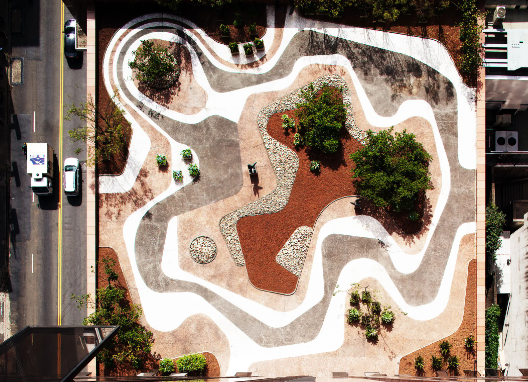Exploring the World of Brazilian Landscape Architects
Brazil is not only known for its vibrant culture and stunning biodiversity but also for its innovative landscape architects who shape the urban and rural environments. Understanding their contributions and approaches can provide valuable insights into sustainable design and biodiversity conservation. This blog post delves into the impact of Brazilian landscape architects and highlights their unique philosophies.
The Fusion of Nature and Urbanism
One of the hallmarks of Brazilian landscape architecture is the seamless integration of nature and urban spaces. Many Brazilian landscape architects prioritize the creation of green spaces that not only beautify cities but also improve residents’ quality of life. For instance, Roberto Burle Marx, a prominent figure in the field, famously used native plants to design public parks and plazas, promoting the idea that urban areas should coexist harmoniously with nature. His philosophy encourages resilience, biodiversity, and a deeper connection between people and their environment.
Sustainability in Design
Sustainable practices are at the forefront of contemporary Brazilian landscape architecture. Many professionals in this field are dedicated to creating designs that utilize local materials, reduce waste, and promote ecological health. Landscape architects like Gustavo Penna focus on using sustainable techniques and native species to minimize environmental impact. By emphasizing sustainability, these architects are not only addressing immediate design needs but also setting a precedent for future generations to follow, ensuring that construction and landscaping align with ecological preservation.
Cultural Influence and Modern Innovations
Brazilian landscape architects draw inspiration from the diverse cultural heritage of the country, incorporating indigenous practices and traditions into their designs. This cultural richness leads to innovative solutions that cater to local needs while respecting historical contexts. For example, the works of Ana Luiza Nascimento showcase how traditional agricultural methods can be integrated into urban landscapes, creating food gardens in the heart of cities. Such innovations reflect a commitment to enhancing urban biodiversity and community involvement, strengthening the cultural fabric of Brazil.
In Conclusion
Brazilian landscape architects play a crucial role in redefining the relationship between urban and natural environments. Their commitment to sustainable practices, cultural relevance, and innovative design continues to inspire advancements in the field. If you’re interested in learning more about how these architects are shaping our world, consider exploring their projects or visiting local parks designed by these talented professionals. Their work emphasizes the importance of creating spaces that not only serve humans but also enrich the natural landscape.

